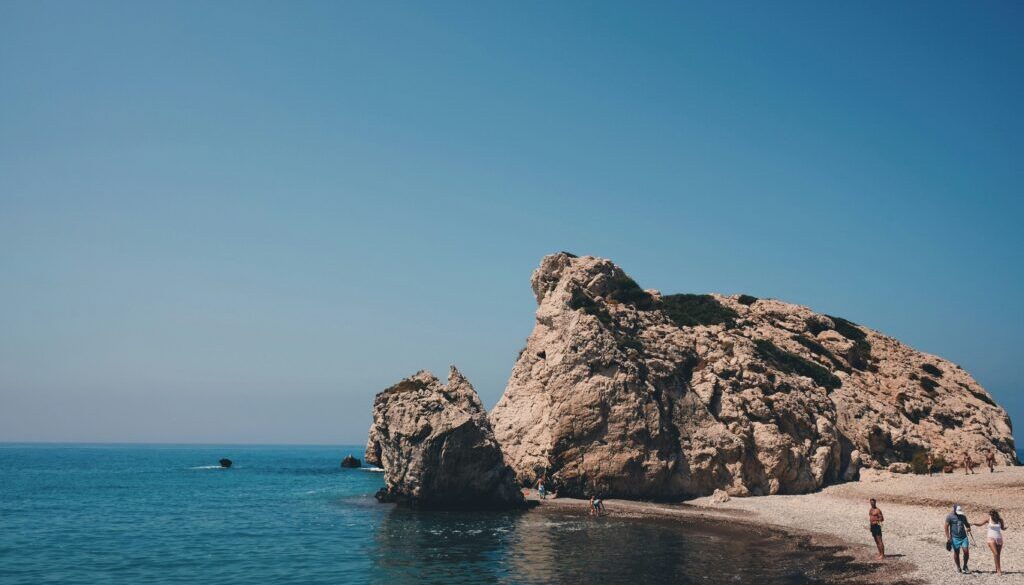Paphos: The Mythological Center of Cyprus
History of Paphos
Paphos (Pafos), a UNESCO World Heritage Site on Cyprus’s southwest coast, has been a cultural and religious epicenter for over 3,000 years, deeply intertwined with the worship of Aphrodite and the island’s ancient civilizations.
According to legend, Paphos was founded by Pygmalion, whose ivory statue of Aphrodite came to life as Galatea. Their son, Paphos, gave the city its name. The goddess herself was said to have emerged from sea foam near Petra tou Romiou (“Aphrodite’s Rock”), making the region a pilgrimage site for her cult.
Notable Historical Places in Paphos
Kato Paphos Archaeological Park (UNESCO World Heritage Site)
Odeon: A 2nd-century CE Roman amphitheater still used for summer performances.
Agora: The ancient marketplace with remnants of shops and public buildings.
Asklepieion: A 2nd-century BCE sanctuary dedicated to Asclepius, the god of medicine.
Tombs of the Kings
Paphos Castle
Ayia Kyriaki Chrysopolitissa Church
Saranta Kolones
Petra tou Romiou (Aphrodite’s Rock)
Saint Neophytos Monastery
Palaepaphos (Kouklia)
Lusignan Manor House: A 13th-century sugar mill converted into a museum showcasing artifacts from the site.
Limeniotissa Basilica
Photo by: Stijn te Strake




